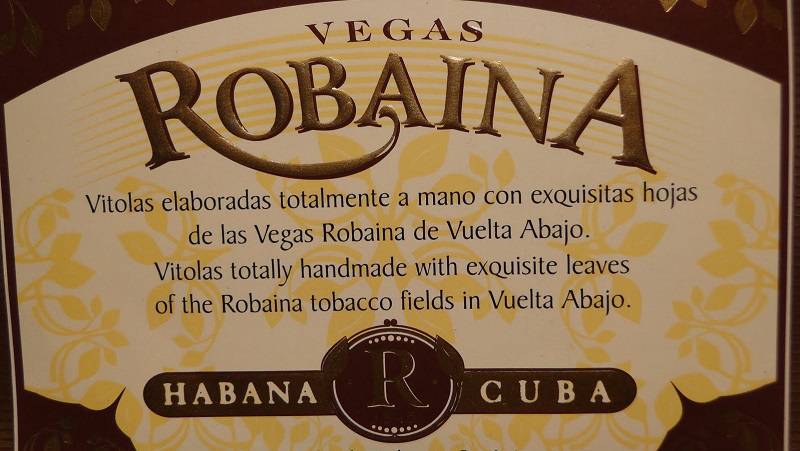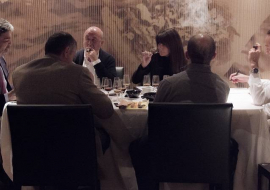Lithography and Habanos

Habanos are usually associated in Cuba with the introduction of lithography. Perhaps some people don’t know that this bond was born with music as far back as 1822, when Frenchman Santiago Lessier y Durand opened a workshop on Havana’s Compostela Street to reproduce musical pieces for aficionados in the capital and illustrate a specialized newspaper entitled Periódico Musical.
We cannot forget that Cuban tobacco spent a century at a standstill (1717-1817), when it couldn’t be marketed at international or domestic level in leaves or processed, except for shipments dispatched to three Spanish ports. We had to wait for better times, which came with the international spreading of rolled or processed tobacco in the 1840s.
But other ghosts hindered its spreading: fraud and fakeries. Manufacturer or workshop clerks were confident of the quality of our tobacco, so they were not worried about its presentation for consumers.
So, they only used a simple white-and-black printed label on pale-colored papers —gray, green, blue, pink, yellow or purple— which showed a text and a central drawing, an image related or not to the brand.
The texts included the title, name of the owner or workshop clerk, the workshop or factory address and some slogan or advertisement: “the best cigar of the world”, “from our best tobacco plantations”, “my fame goes worldwide”, and the like.
In an effort to avoid frauds and fakeries, workshop clerks introduced several labels to cover the habano cases and boxes. That’s how what we presently know as brandings came up between the 1870s and 1880s, with a variety of shapes and sizes.
Branding: Put on the box if it is printed on paper or engraved, with an iron piece or calimba on wood.
Vista: Put in the inner area, though sometimes also shown on the lid that covers the box or case. It is highly elaborated, not only because of the color, but also for the enhancement of golden colors and reliefs. If it is only in the interior, it can be seen when opening the case.
Paper Label: In the inner area of the box, directly on the first row, so it does not take varnish or inks that could affect the taste of habanos.
Wrapping: Put on the sides of the case, including part of the lid, so it is broken after the case is opened.
Fillets: A narrow ribbon of lithographed paper with reliefs, or not, that covers the edges of cases and avoids the habano scent from leaking out, besides decorating the cases. The design is similar to the rest of labels.
Ring or Band: As its names announces, it is a narrow circular ribbon placed on the upper edge of each habano. It was first called ring and used to tighten the cigar wrappers. A warranty seal was added by the manufacturers in 1889. The names of some of these labels have been changed over time.
Nail Cover: A seal that covers the nails on the lid of each case.










